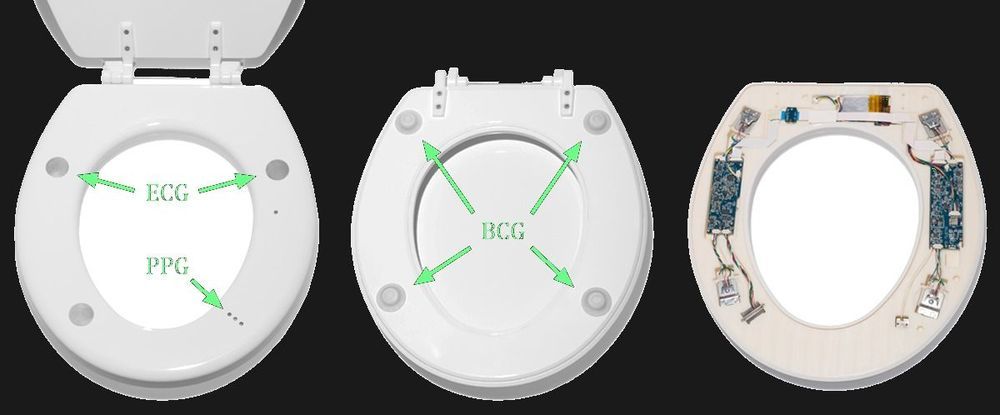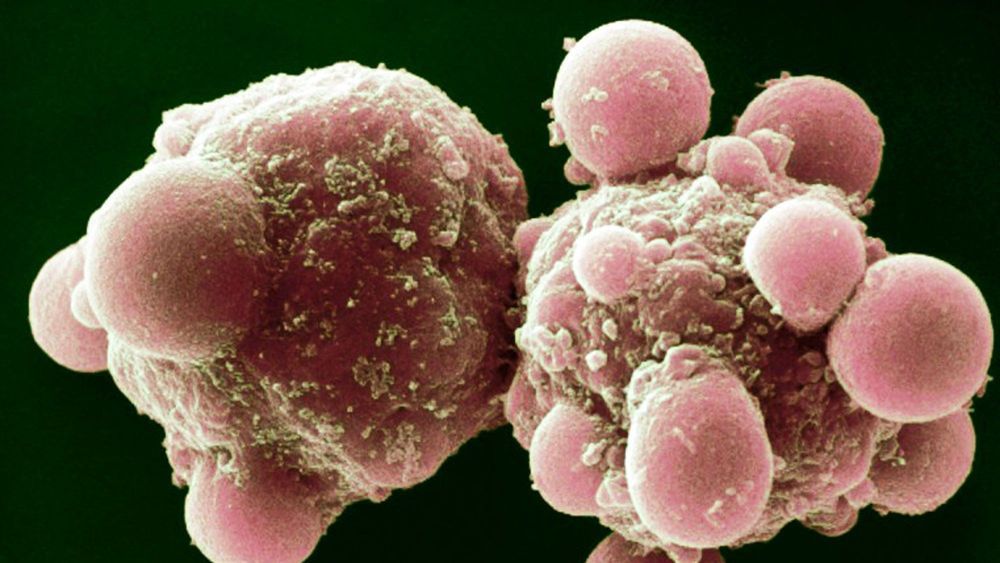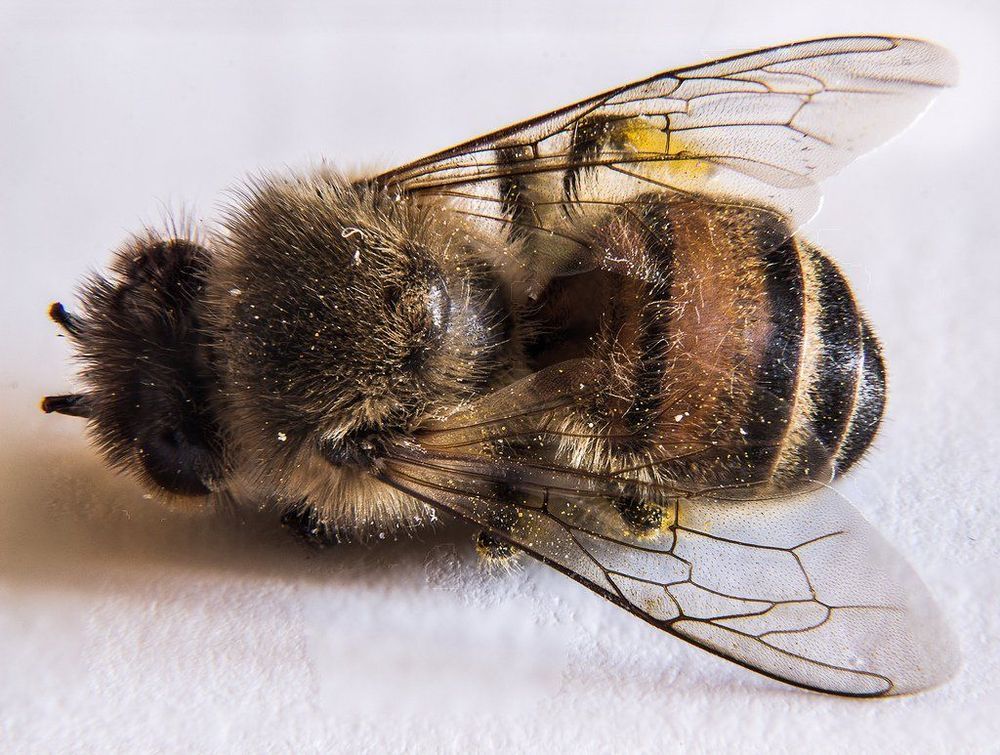When algal blooms occur in lakes, the over-abundant cyanobacteria (blue-green algae) produce a toxin known as microcystin. Now, Ohio-based scientists are using other types of bacteria to neutralize that toxin, in a process that could be cheaper and more eco-friendly than the alternatives.
The Chinese military is looking to procure test systems for magnetized plasma artillery, according to a notice on the People’s Liberation Army (PLA) weapon and equipment procurement website weain.mil.cn last week.
Released on Wednesday and due expire on Thursday, the notice invites tenders for a theory-testing and a launch system for magnetized plasma artillery.
Although the weapon sounds as if it comes from a sci-fi movie, it will probably not shoot high-energy plasma but ultra-high velocity cannon shells.
Our morning routine could be appended to something like “breakfast, stretching, sit on a medical examiner, shower, then commute.” If we are speaking seriously, we don’t always get to our morning stretches, but a quick medical exam could be on the morning agenda. We would wager that a portion of our readers are poised for that exam as they read this article. The examiner could come in the form of a toilet seat. This IoT throne is the next device you didn’t know you needed because it can take measurements to detect signs of heart failure every time you take a load off.
Tracking heart failure is not just one test, it is a buttload of tests. Continuous monitoring is difficult although tools exist for each test. It is unreasonable to expect all the at-risk people to sit at a blood pressure machine, inside a ballistocardiograph, with an oximeter on their fingers three times per day. Getting people to browse Hackaday on their phones after lunch is less of a struggle. When the robots overthrow us, this will definitely be held against us.
We are not sure if this particular hardware will be open-source, probably not, but there is a lesson here about putting sensors where people will use them. Despite the low rank on the glamorous scale, from a UX point of view, it is ingenious. How can we flush out our own projects to make them usable? After all, if you build a badass morning alarm, but it tries to kill you, it will need some work and if you make a gorgeous clock with the numbers all messed up …okay, we dig that particular one for different reasons.
The United States should devote substantially more resources to nuclear fusion research and build an ambitious prototype fusion power plant, according to a new report.
The report is the work of the National Academies of Sciences, Engineering, and Medicine. Its conclusion: it’s more important than ever for the U.S. and the world to explore roads to practical fusion power.
The excessive use of pesticides has brought about numerous disastrous effects on the environment, and among them, it has recently drastically reduced the bee population in various areas of the world. Yet, not many countries took remedial measures, even after realizing the dangers, but this was not the case with France.
It is on track to becoming the first European country to ban five pesticide varieties, as scientists believe that these neonicotinoids are extremely dangerous since they kill bees.
However, while bee-keepers and environmentalists are extremely happy with this decision, sugar beet and cereal farmers are not very excited about it, since they are afraid that in this way, their crops will be more prone to pests and insects.
With this new nanophotonic device, scientists might have just unlocked how to harness the data transfer potential of “twisted light”.
How Ferroelectricity Could Change the Way We Store Data- https://youtu.be/watch?v=IwT_ECJ1TEY
Angular-momentum nanometrology in an ultrathin plasmonic topological insulator film.









